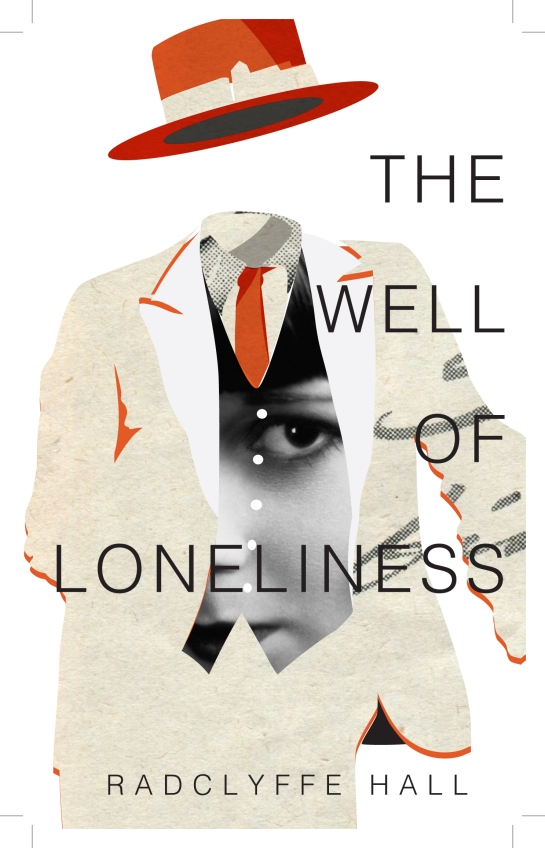
This year has been an educational one for innumerable reasons, but one of the more unexpected outcomes was an exposure to lesbian literature as it has evolved over the past century. Beginning with Carol by Patricia Highsmith, I have since ploughed through The Well of Loneliness by Radclyffe Hall, Fun Home by Alison Bechdel, Rubyfruit Jungle by Rita Mae Brown and am looking forward to The Night Watch by Sarah Waters, as I haven’t yet got my hands on Tipping the Velvet.
As I slowly make my way through The Canon, I’m starting to realise there is an unfortunate dearth of some of the more niche books due to limited print runs. After searching in vain for a copy of Stone Butch Blues for under $100 (I’m going to have to make do with a pdf copy, though not for lack of searching), it struck me that there is no structured approach in place for approaching the books as a cohesive series. *
I realise it’s problematic to try to pull disparate books into a complete collection under a single theme. This is particularly true as such a collection may appear to frame the works as inherently separate from the greater body of literature, as Rita Mae Brown points out in her 2015 forward to Rubyfruit Jungle. I suggest, however, that such an exercise may have its benefits.
I am thinking here of the potential for a structured, chronological and yet personal insight into the evolution of lesbian culture and its changing reception within society. While this is already the unofficial role played by the books, they are not currently organised and easily accessible for the reader and an official format and method of reading would likely increase clarity.
I am also considering the opportunity to leverage the reputation of more common books such as Carol (and of course to take advantage of publicity from the upcoming film adaptation) to increase reader interest in less accessible books purely by association. In doing so, one would hope that the publishers might bring out-of-print books back into circulation.
Of course I have no means with which to begin such a process, but I would propose that the first step is to begin with a cohesive and compelling graphic style that runs across the collection. To this end I have begun my own project of creating such a graphic style, which I will be updating as I slowly progress through my reading.
The first, lonely entry, and indeed the possible entry point to the series, is a reworking of the cover of The Well of Loneliness.

——–
Edit: I’ve since realised that Leslie Feinberg deliberately withdrew Stone Butch Blues from print in order to take it off the capitalist market, but I think there is still merit in promoting the books as chronicling the evolution of lesbian culture.
